With the release of the 2025 work-related fatal injury figures this week, it's becoming increasingly clear that a troubling trend is being overlooked. While much attention is rightly placed on younger workers, who benefit from modern safety practices, the reality paints a stark contrast:
The majority of fatal injuries are actually occurring among older workers.
The Health & Safety Executive's latest report reveals a startling statistic: despite comprising only 12% of the workforce, workers aged 60 and above accounted for approximately 40% of fatal injuries in 2024/25. This demographic disparity underscores a critical issue that demands our immediate attention.
Fig 1: Fatal Injury Rate per 100,000 Workers by Age Group (Average 2020/21–2024/25)

Expanding our analysis further, the data shows a significant disparity in fatal injury rates between younger workers (aged 16-54) and their older counterparts (aged 55-65+). The rates spike dramatically within the older age group, highlighting a pressing need for targeted interventions and support.
Behind these figures lie real lives lost. In 2023/24 alone, 66 workers aged 55-65+ tragically lost their lives compared to 68 younger workers aged 16-54, despite the latter group spanning a much larger age range.
Fig 2: Number of fatal injuries by age group, 2024/25

What drives this disparity among our more experienced workforce?
It's not a matter of unwillingness to adapt or learn new practices.
From my two decades in the training industry, I've observed a shared commitment among workers of all ages to return home safely. The challenge lies in reconciling decades of experience with evolving safety standards.
The health and safety revolution, initiated over 50 years ago, continues to reshape our workplaces. While younger workers have embraced these changes, our older colleagues often lack the necessary training and support to navigate this new landscape effectively.
The positive takeaway from these reports is clear: younger generations are leading the charge in workplace safety advocacy. They set a standard that we must strive to meet for all workers, regardless of age or experience. It's imperative that we equip our older workforce with the tools and knowledge they need to work safely under these new paradigms.
Let's honour the contributions of our more experienced workers by ensuring they receive the support and training necessary to thrive in today's safety-conscious environment. Together, we can bridge this generational gap in safety and ensure that every worker returns home safely, every day.
Mike Manning 16th July 2025

